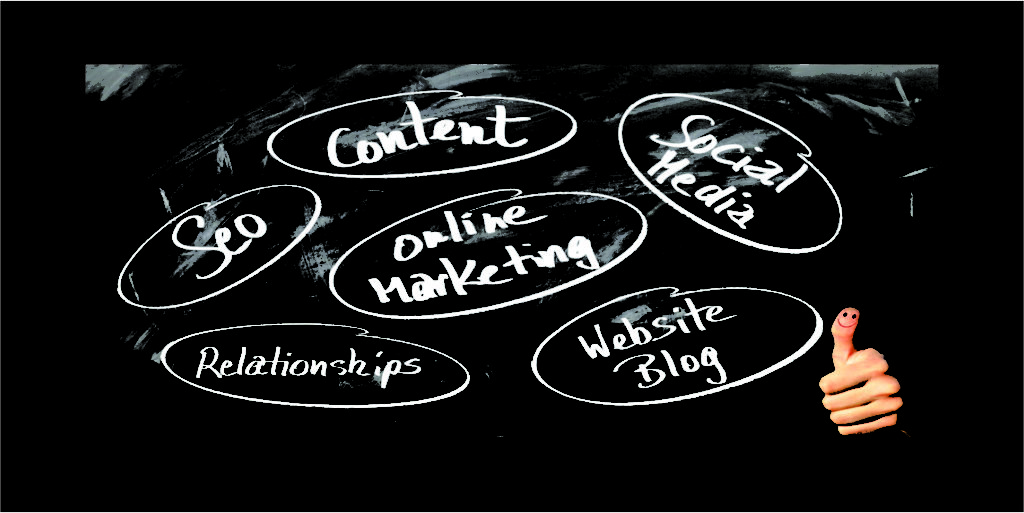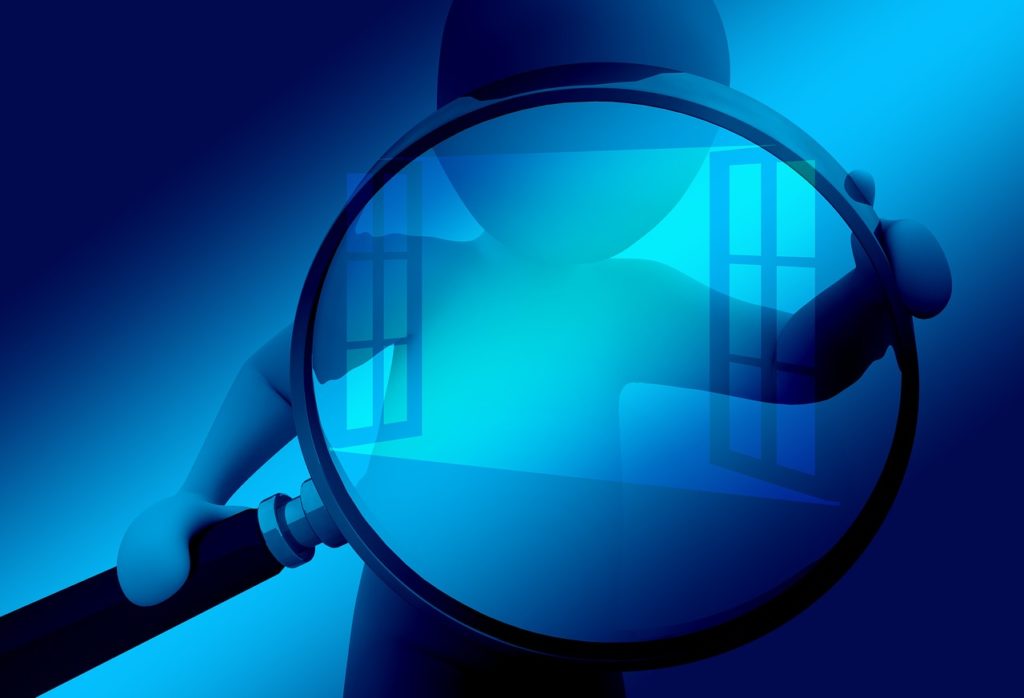Keep your concepts confidential
Patenting strategies for Startup – One of the most common pitfalls of startups is the failure to keep otherwise patentable concepts confidential until after applying for a patent. Even if you decide to launch your product first and file a patent application later, the timing is must be optimal since others could beat you to the Patent Office with a … Read More


